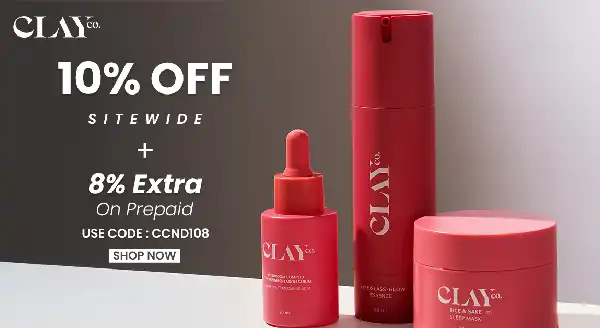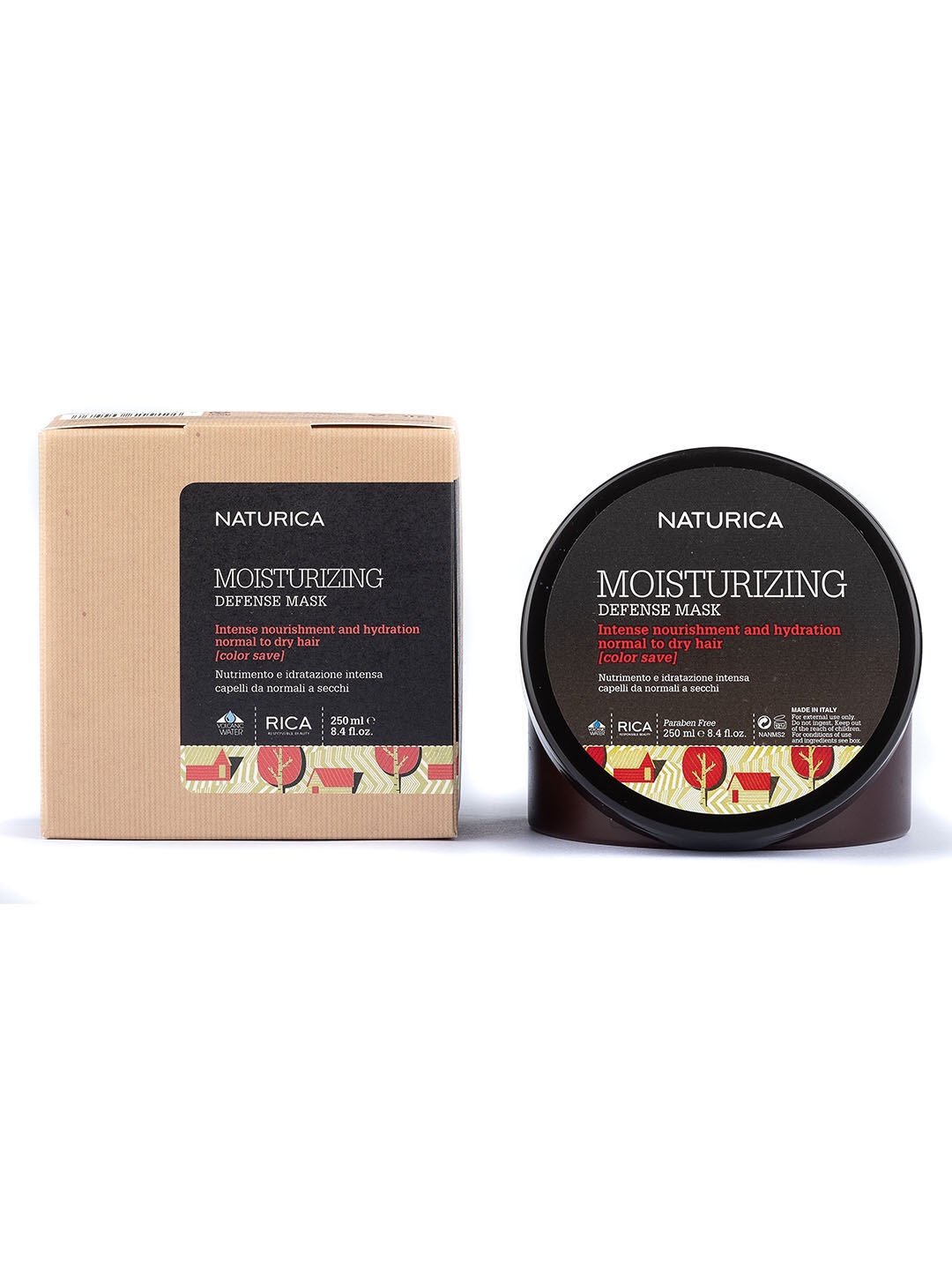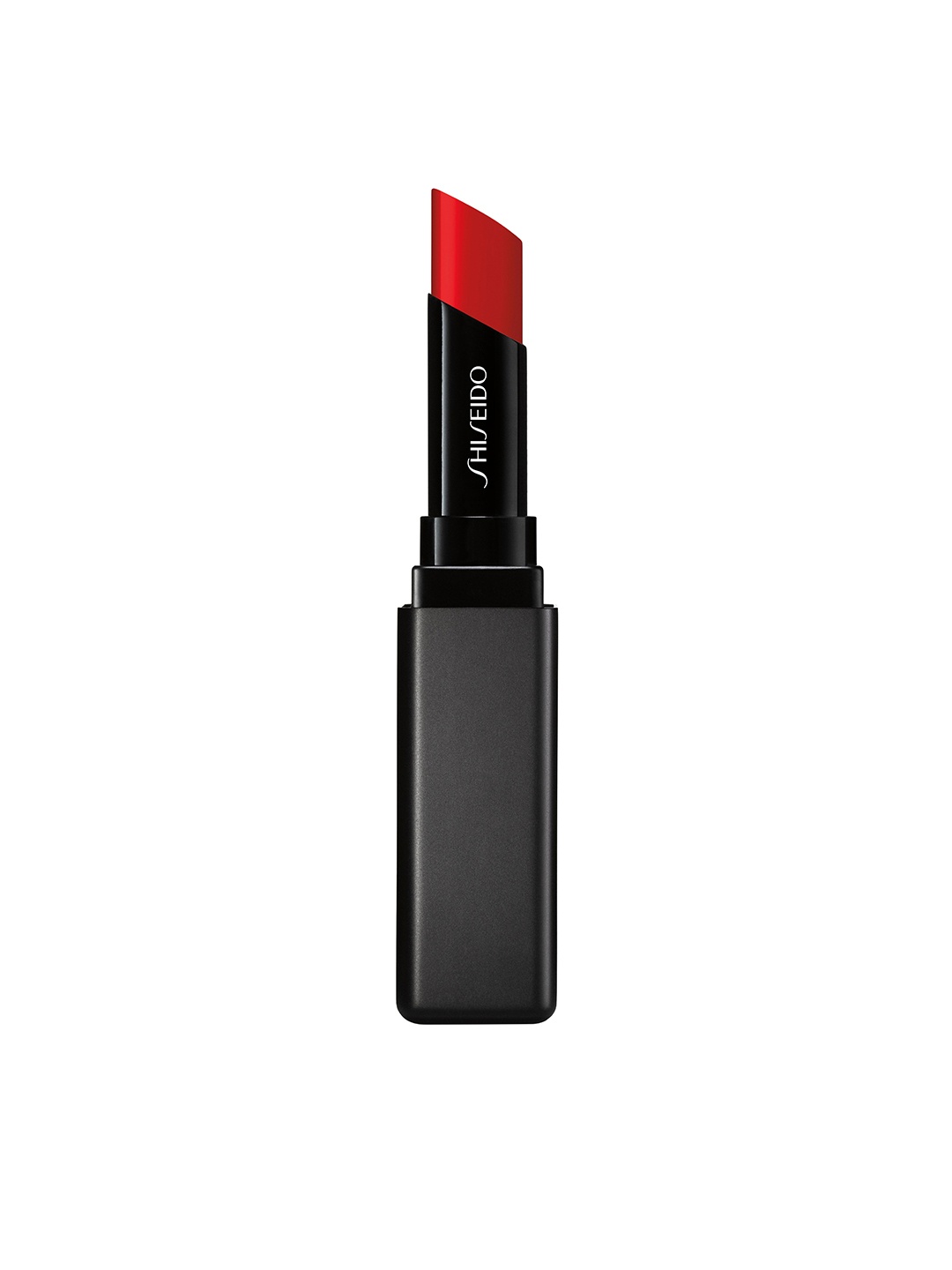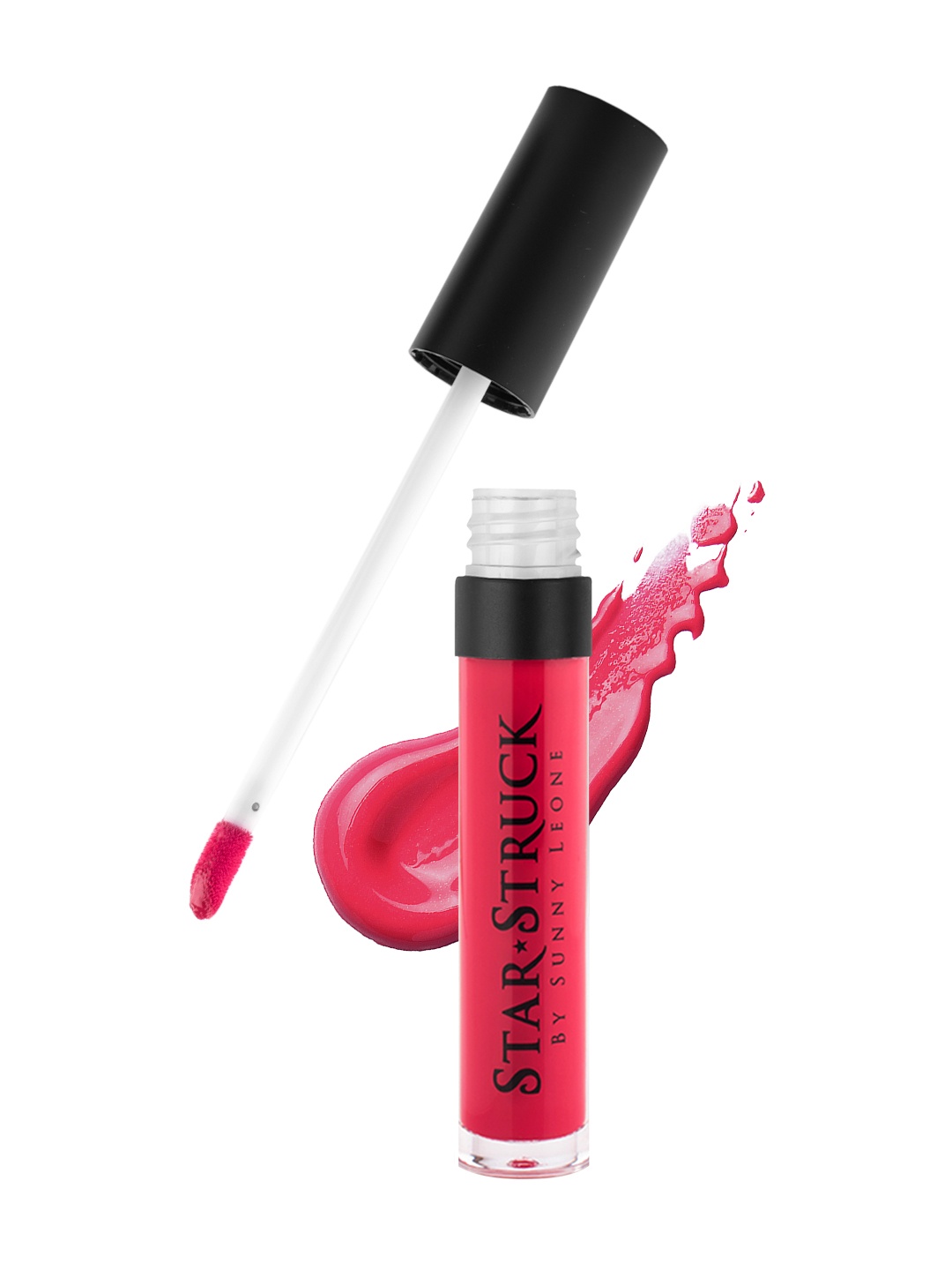Why Your Primer Is Not Working And 5 Myths That Might Be to Blame
Primer promises a flawless base, but your makeup’s still melting, cracking, or sliding away by lunchtime. Sound familiar? Let’s bust five common myths behind primer fails and bring back that photo-ready finish.

Why Your Makeup Primer Is Not Working: 5 Common Myths You Should Stop Believing
It's a busy morning. The clock is ticking, there's a chai cup half-drunk beside the mirror, and the makeup routine is in full swing. Moisturiser, primer, foundation, you've done it all. Yet, a few hours later, your base looks patchy, tired, and somehow worse than bare skin. Ever wondered why your primer doesn't seem to do what it claims? Primers are often treated like magic potions. Smooth this on and your skin will transform, makeup will last all day, and pores will vanish like they never existed. Or so the packaging says. But the truth? A primer is only as good as how it's used, and whether it suits your skin type.
Let's unravel the mystery and explore 5 common myths that might be behind your makeup primer problems. You might just find your solution hidden in one of these misconceptions.

5 Widespread Makeup Primer Misconceptions You Should Ditch Now for Better Results; Photo Credit: Pexels
1. Myth 1: Any Primer Will Work for Every Skin Type
This one's a classic mistake, walking into a beauty store and picking the first primer off the shelf because it says “blurs pores” or “long-lasting”. The truth? Not all primers are created equal, and your skin knows it.
Imagine giving a rich, silicone-based primer to someone with oily skin on a humid July afternoon in Chennai. Disaster, right? The shine will sneak out by noon. On the flip side, a mattifying primer on dry skin is like putting powder on parched earth, cracked, uncomfortable, and anything but smooth.
The trick is to match your primer with your skin's needs. Got dry patches? Go for a hydrating primer with ingredients like hyaluronic acid or glycerin. Battling oiliness? A mattifying or gel-based formula can help. Combination skin? Use two different primers in targeted areas. Yes, that's allowed.
Understanding your skin is like decoding a recipe. Miss one key ingredient, and the whole thing falls apart. Pick your primer like you'd pick a sunscreen, mindfully and according to your skin, not the hype.
2. Myth 2: You Can Skip Moisturiser If You Use Primer
This is a shortcut too many are guilty of. In the morning rush, it's tempting to slap on primer right after washing your face and hope for the best. But primer is not a moisturiser, and using it as one is asking for flaky, dull makeup that won't sit right.
Moisturiser and primer have different jobs. One hydrates your skin; the other preps it for makeup. Skipping moisturiser is like trying to paint on dry canvas, the makeup clings to dry patches, settles into fine lines, and disappears within hours.
Think of moisturiser as your skin's breakfast and primer as the finishing touch before stepping out. Even if your skin is oily, a lightweight gel-based moisturiser helps balance it. And for dry skin? Skipping this step is non-negotiable.
Let the moisturiser absorb for a minute or two before applying primer. Your skin will thank you, and your makeup will look smoother, more even, and far more flattering, especially when you're running between errands in 40-degree heat.

Unmasking 5 Common Makeup Primer Myths: Elevate Your Routine, Achieve Flawless Skin; Photo Credit: Pexels
3. Myth 3: More Primer Means Better Results
The logic might seem simple, if a little bit of primer smooths things out, surely more will make everything flawless. Wrong. Slathering on primer like it's your favourite night cream is a surefire way to make your foundation pill, slide, or look strangely textured.
Primer works best in moderation. A pea-sized amount is all most people need for the entire face. Too much, and it creates a slippery film that stops makeup from adhering properly. The result? Foundation that moves around your face faster than a rickshaw in rush hour.
Another issue with overuse is clogged pores, especially with silicone-heavy primers. These can trap oil and debris if not applied carefully, leading to breakouts or congestion, especially in hot, humid cities.
Instead, focus on problem areas. T-zone a bit too shiny? Use it there. Large pores on cheeks? Tap gently in those spots. Less is more, think strategic use, not a full-face slather.
Also Read: Flawless Skin Goals: The Best Face Primers Under ₹499 You Cannot Miss
4. Myth 4: All Primers Extend Makeup Wear Time
This is the promise that sells primers, but not all of them live up to it. And here's the catch: some primers aren't even made to extend wear time. Some are made to colour correct, others to blur imperfections, and some just add glow. If you're looking for longevity, you've got to read the label, and your skin.
Using an illuminating primer when your goal is to make your makeup last through an outdoor wedding in Jaipur? Not going to work. That radiant glow will turn into unwanted shine, and your makeup might start slipping before the ceremony begins.
What you need is a gripping primer, yes, that's a real term. These have tacky textures that help foundation stick better and stay put. They don't feel as silky, but they're excellent under long-wear foundations. Some even contain ingredients that lock makeup in place, especially if you top it off with a setting spray.
So if your makeup disappears by lunch, don't blame your foundation just yet. The primer underneath might not be built for endurance. Choose wisely.

The Truth About Makeup Primer: 5 Persistent Myths to Discard for a Perfect Look; Photo Credit: Pexels
5. Myth 5: Primer Replaces a Good Skincare Routine
It's tempting to think of primer as a shortcut, something that hides everything and preps your skin in one go. But relying on primer to “fix” your base is like using perfume to skip a shower. It won't work.
Primer can't shrink pores permanently, control oil production, or hydrate your skin long-term. That's your skincare's job. Without a good routine, even the best primer will struggle to do its magic. Uneven skin texture, breakouts, or excess dryness all affect how makeup sits on your face.
Investing in a basic routine, cleanser, moisturiser, SPF, and occasional exfoliation, pays off far more than any trendy primer. If your skin's in decent health, your makeup doesn't need to work so hard. It applies better, lasts longer, and actually enhances your features rather than trying to cover everything up.
So next time your makeup isn't sitting right, take a step back. It might not be your primer, it might just be time to revisit that skincare shelf.
Products Related To This Article
1. Insight Cosmetics Primer 3 In 1 Oil Free 30 ml
2. SWISS BEAUTY Real Make-Up Base Highlighting Primer
3. Colorbar Flawless Finish Primer - 30 ml
4. Lakme Unreal Blur Perfect Primer, Mattifies & Blurs Pores, 30ml
5. SUGAR Base of Glory Pore Minimizing Primer - 30 ml
6. MARS Face Primer - 30 m
7. Pilgrim Lightweight Gel Based Velvety Matte Finish Glow Primer with Vit C+E Infused
A good primer can be a game-changer. But only if it's used right, and for the right reasons. The makeup world is filled with shiny promises and even shinier bottles, but the real trick lies in understanding what your skin needs and working with it, not against it.
Matching your primer to your skin type, layering it correctly with skincare, and setting realistic expectations are what truly make the difference. Don't fall for the myths or the influencer hype. Real results come from real knowledge, plus a bit of trial and error.
So next time your foundation slips, cracks, or ghosts you halfway through a wedding, remember: it might not be your skills, just a sneaky primer mistake. Fix that, and you're well on your way to base makeup that holds up through long hours, spicy food, and yes, even traffic jams on a humid day. Your perfect canvas isn't a myth, it just needs the right prep. Shop now on Myntra.
Disclaimer: The images used in this article are for illustration purpose only. They may not be an exact representation of the products, categories and brands listed in this article.

























